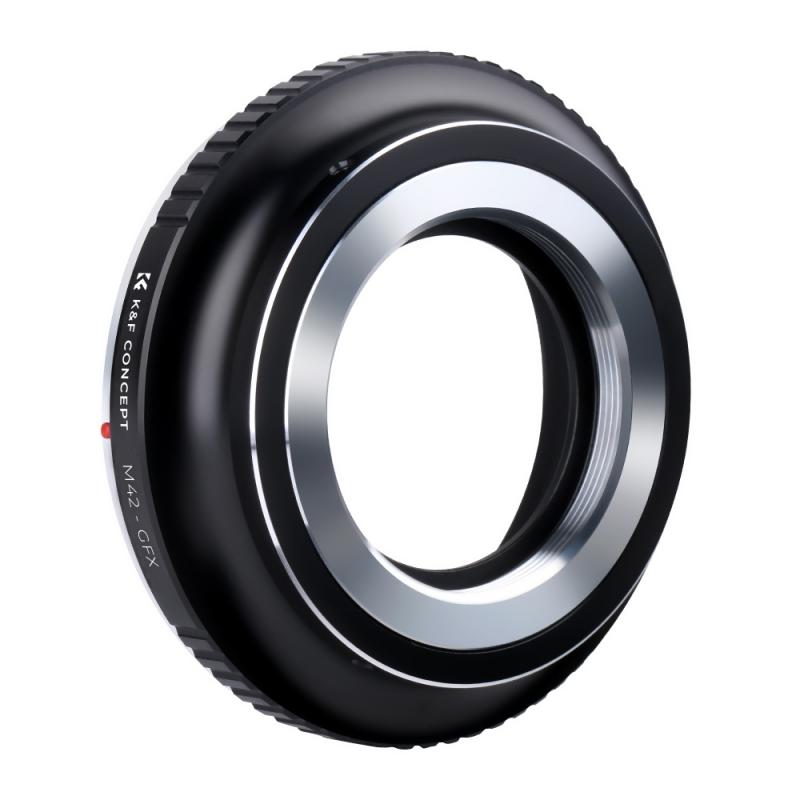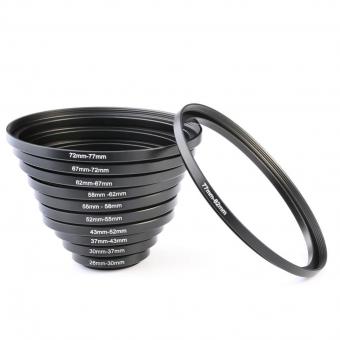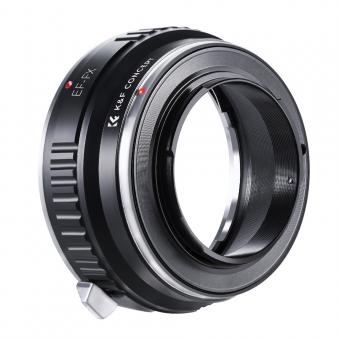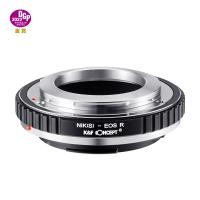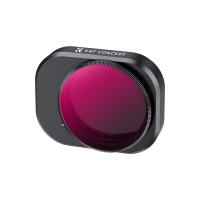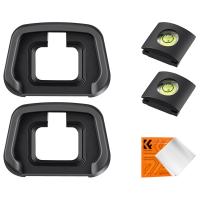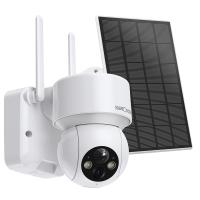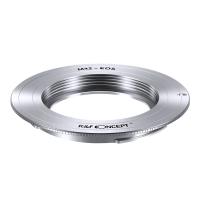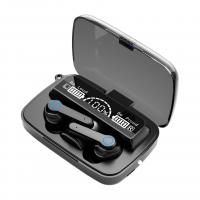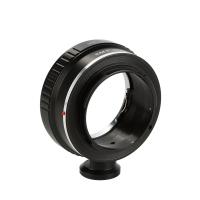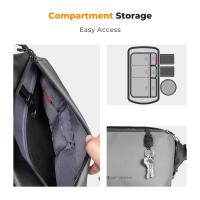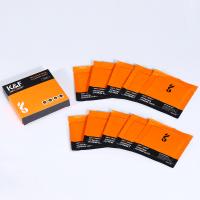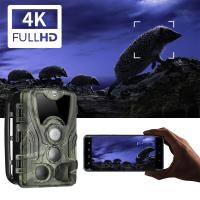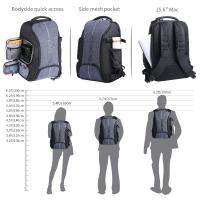Remote Surveillance Camera Uk-wnkt10 How To Set Up ?
To set up the remote surveillance camera UK-WNKT10, follow these steps:
1. Begin by unpacking the camera and all its components.
2. Connect the camera to a power source using the provided power adapter.
3. Connect the camera to your home or office network using an Ethernet cable or via Wi-Fi, depending on the camera's capabilities.
4. Install any necessary software or apps on your computer or mobile device to access the camera's live feed and settings.
5. Configure the camera's settings, such as resolution, motion detection, and recording options, using the provided software or app.
6. Mount the camera in the desired location, ensuring it has a clear view of the area you want to monitor.
7. Test the camera by accessing its live feed from your computer or mobile device to ensure it is functioning properly.
8. Adjust any settings as needed to optimize the camera's performance and meet your surveillance requirements.
Please note that these steps are general guidelines, and the specific setup process may vary depending on the manufacturer's instructions and the features of the UK-WNKT10 camera. It is recommended to refer to the camera's user manual or contact the manufacturer for detailed setup instructions.
1、 Understanding Remote Surveillance Cameras
Remote surveillance cameras, such as the UK-WNKT10, are an essential tool in today's world for monitoring and securing both residential and commercial properties. These cameras allow users to remotely view live footage from anywhere in the world, providing peace of mind and enhanced security.
To set up a remote surveillance camera like the UK-WNKT10, follow these steps:
1. Choose the right location: Select a strategic location for your camera that covers the desired area. Consider factors such as visibility, lighting conditions, and potential obstructions.
2. Install the camera: Mount the camera securely using the provided brackets and screws. Ensure that the camera is positioned at the desired angle and is protected from tampering or vandalism.
3. Connect to power: Connect the camera to a power source using the provided power adapter. Ensure that the power supply is stable and reliable to avoid any interruptions in surveillance.
4. Connect to the internet: Most remote surveillance cameras require an internet connection to enable remote viewing. Connect the camera to your Wi-Fi network using the provided instructions or an Ethernet cable if necessary.
5. Configure the camera: Access the camera's settings through a web browser or a dedicated mobile app. Follow the manufacturer's instructions to set up features such as motion detection, recording schedules, and notifications.
6. Test the camera: Once the camera is set up, test its functionality by accessing the live feed remotely. Ensure that the video quality is satisfactory and that all desired features are working correctly.
It is important to note that the latest advancements in remote surveillance cameras include features such as high-definition video quality, night vision capabilities, and advanced motion detection algorithms. Some cameras even offer facial recognition technology and cloud storage options for added convenience and security.
In conclusion, remote surveillance cameras like the UK-WNKT10 provide an effective means of monitoring and securing properties. By following the setup process and taking advantage of the latest features, users can enhance their security measures and gain peace of mind knowing that their property is being monitored remotely.
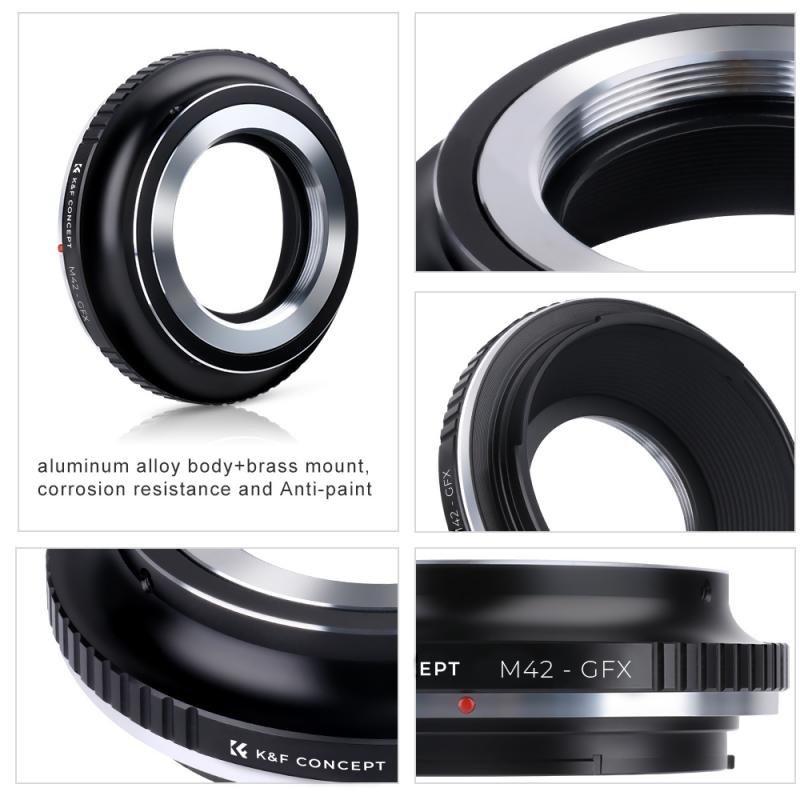
2、 Setting Up a Remote Surveillance Camera System
Setting up a remote surveillance camera system, such as the UK-WNKT10, can provide you with peace of mind and added security for your home or business. With advancements in technology, these systems have become more accessible and user-friendly. Here's a step-by-step guide on how to set up the UK-WNKT10 remote surveillance camera system.
1. Choose the right location: Determine the areas you want to monitor and select suitable locations for your cameras. Consider factors like visibility, coverage, and power source availability.
2. Install the cameras: Mount the cameras securely using the provided brackets and screws. Ensure they are positioned at the desired angle and height for optimal coverage.
3. Connect the cameras: Connect the cameras to the power source and the network video recorder (NVR) using Ethernet cables. Make sure the cables are properly connected and secured.
4. Set up the NVR: Connect the NVR to your router using an Ethernet cable. Power on the NVR and follow the on-screen instructions to set up the system. This may involve creating a username and password, configuring network settings, and setting up remote access.
5. Configure the cameras: Access the NVR's interface through a computer or mobile device and configure the cameras' settings. This includes adjusting video quality, motion detection sensitivity, and recording schedules.
6. Test the system: Ensure all cameras are functioning correctly by checking the live feed on your computer or mobile device. Adjust camera positions if necessary to optimize coverage.
7. Set up remote access: To monitor your cameras remotely, configure the NVR for remote access. This may involve creating an account with the manufacturer's cloud service or setting up port forwarding on your router.
The latest point of view on remote surveillance camera systems is the integration of artificial intelligence (AI) and machine learning. These technologies enable advanced features like facial recognition, object detection, and smart alerts. Some systems can even differentiate between humans, animals, and vehicles, reducing false alarms.
In conclusion, setting up a remote surveillance camera system like the UK-WNKT10 involves choosing the right locations, installing the cameras, connecting them to the NVR, configuring settings, and enabling remote access. With the latest advancements in AI and machine learning, these systems offer enhanced security and convenience for users.

3、 Step-by-Step Guide to Setting Up a UK-WNKT10 Camera
Step-by-Step Guide to Setting Up a UK-WNKT10 Camera
Setting up a remote surveillance camera like the UK-WNKT10 can provide you with peace of mind and added security for your home or business. Here is a step-by-step guide to help you get started:
1. Choose the Right Location: Select a suitable location for your camera that provides a clear view of the area you want to monitor. Ensure it is within range of your Wi-Fi network.
2. Power the Camera: Connect the camera to a power source using the provided power adapter. Make sure the camera is receiving power before proceeding.
3. Connect to Wi-Fi: Download the camera's companion app on your smartphone or tablet. Follow the app's instructions to connect the camera to your Wi-Fi network. Ensure that your Wi-Fi signal is strong in the camera's location.
4. Mount the Camera: Use the included mounting bracket to securely attach the camera to a wall or ceiling. Adjust the angle and position to capture the desired view.
5. Configure Camera Settings: Open the app and access the camera's settings. Customize features such as motion detection, recording schedules, and notifications according to your preferences.
6. Test the Camera: Once the setup is complete, test the camera by accessing the live feed on your smartphone or tablet. Ensure that the camera is capturing the desired area and that the video quality is satisfactory.
7. Additional Features: Some cameras offer advanced features like two-way audio, night vision, and cloud storage. Explore these options and configure them as needed.
It is important to note that the specific setup process may vary slightly depending on the manufacturer and model of the camera. Always refer to the user manual or online resources provided by the manufacturer for detailed instructions.
In today's rapidly evolving technological landscape, it is worth considering the latest advancements in remote surveillance cameras. These may include enhanced video quality, improved connectivity options, and increased storage capabilities. Stay informed about the latest developments in the field to make the most informed decision when setting up your remote surveillance camera.
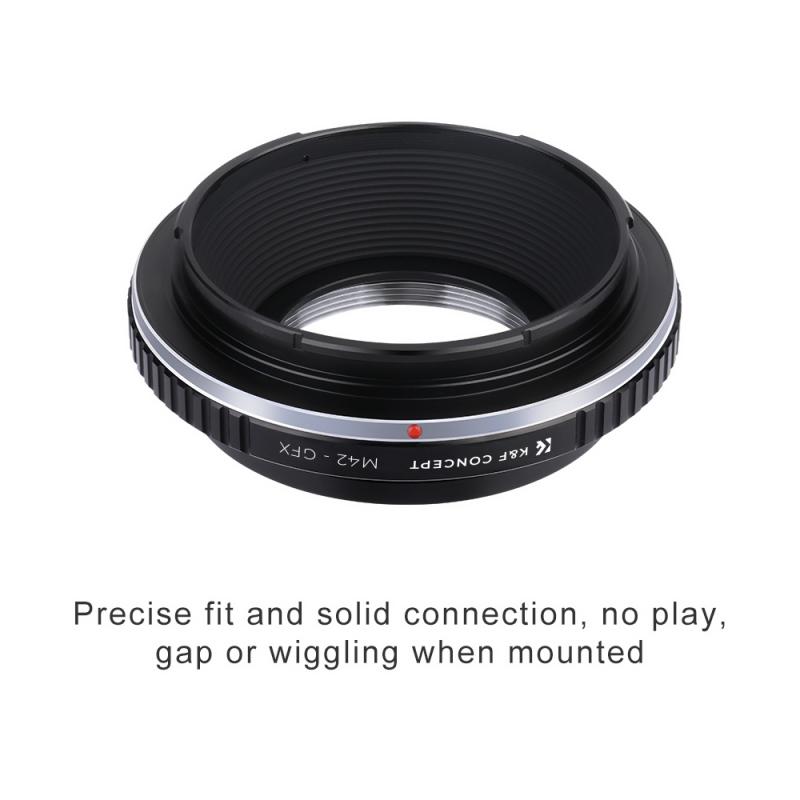
4、 Configuring Network Settings for Remote Surveillance Cameras
To set up the remote surveillance camera UK-WNKT10, you will need to configure the network settings. Here is a step-by-step guide to help you with the process:
1. Connect the camera to your router using an Ethernet cable. Make sure the camera is powered on.
2. Access the camera's web interface by entering its IP address into a web browser. The default IP address should be provided in the camera's user manual or on the packaging.
3. Once you have accessed the web interface, navigate to the network settings section. Here, you will need to configure the camera's IP address, subnet mask, gateway, and DNS settings.
4. Choose a unique IP address for the camera that is within the same subnet as your router. Ensure that the subnet mask matches that of your network.
5. Enter the IP address of your router as the gateway. This will allow the camera to communicate with other devices on the network.
6. Configure the DNS settings by entering the IP address of your DNS server. This will enable the camera to resolve domain names to IP addresses.
7. Save the network settings and restart the camera. It should now be connected to your network.
8. To access the camera remotely, you will need to set up port forwarding on your router. This will allow you to access the camera's web interface from outside your local network.
9. Consult your router's user manual or manufacturer's website for instructions on how to set up port forwarding. You will need to forward the camera's HTTP and RTSP ports.
10. Once port forwarding is set up, you can access the camera remotely by entering your router's public IP address followed by the camera's port number into a web browser.
It is important to note that the process may vary slightly depending on the specific model of the UK-WNKT10 camera and the router you are using. It is always recommended to refer to the camera's user manual for detailed instructions.
From a latest point of view, it is worth mentioning that some remote surveillance cameras now offer easier setup options, such as QR code scanning or automatic network configuration. These features simplify the process and eliminate the need for manual network settings. Additionally, many cameras now offer cloud-based services that allow for remote access without the need for port forwarding. These advancements in technology have made it more convenient for users to set up and access their remote surveillance cameras.
